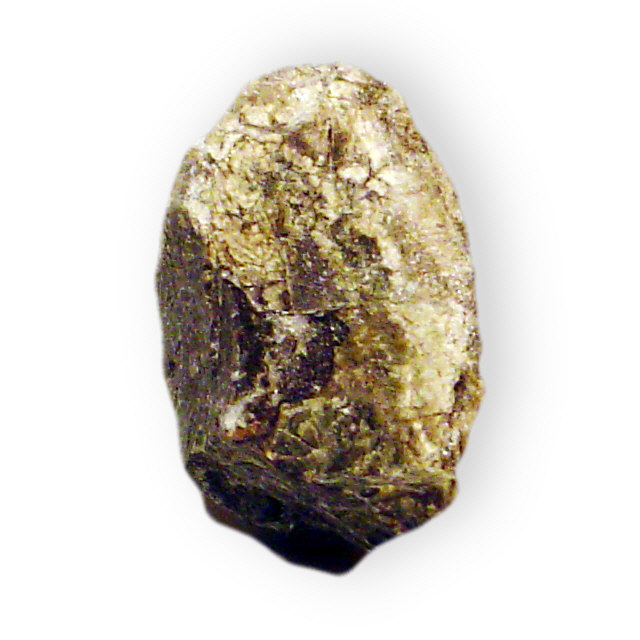- Anglesite
Infobox mineral
name = Anglesite
category = Sulfate mineral
boxwidth =
boxbgcolor =

imagesize =
caption =
formula = PbSO4
molweight =
color = Colorless to white, commonly tintedgray; orange, yellow, green, blue, rarely violet
habit = Granular, banded, nodular to stalactitic
system =Orthorhombic - Dipyramidal (2/m 2/m 2/m)
twinning =
cleavage = [001] good, [210] distinct
fracture = Brittle to conchoidal
mohs = 2.5 - 3.0
luster = Adamantine crystals, dull when massive earthy
refractive = nα = 1.878 nβ = 1.883 nγ = 1.895
opticalprop = Biaxial (+)
birefringence =
pleochroism =
streak = White
gravity = 6.3
density =
melt =
fusibility = 1.5
diagnostic =
solubility =
diaphaneity = Transparent to translucent
other =
references = [http://rruff.geo.arizona.edu/doclib/hom/anglesite.pdf Mineral Handbook] [http://webmineral.com/data/Anglesite.shtml Webmineral data] [http://www.mindat.org/min-233.html Mindat]Anglesite is a
lead sulfate mineral , PbSO4. It occurs as an oxidation product of primary lead sulfide ore,galena . Anglesite occurs as prismaticorthorhombic crystals and earthy masses, and is isomorphous withbarite and celestine. It has a highspecific gravity of 6.3 due to itslead content, 74% by mass; its hardness is 2.5 - 3. Color is white, gray with pale yellow streaks. It may be dark gray if impure.It was first recognized as a mineral species by
William Withering in 1783, who discovered it in the Parys copper-mine inAnglesey ; the name anglesite, from this locality, was given by F. S. Beudant in 1832. The crystals from Anglesey, which were formerly found abundantly on a matrix of dulllimonite , are small in size and simple in form, being usually bounded by four faces of a prism and four faces of a dome; they are brownish-yellow in colour owing to a stain of limonite. Crystals from some other localities, notably fromMonteponi inSardinia , are transparent and colourless, possessed of a brilliant adamantine lustre, and usually modified by numerous bright faces. The variety of combinations and habits presented by the crystals is very extensive, nearly two hundred distinct forms being figured by V. von Lang in his monograph of the species; without measurement of the angles the crystals are frequently difficult to decipher. There are distinct cleavages parallel to the faces of the prism (110) and the basal plane (001), but these are not so well developed as in the isomorphous minerals barite and celestite.Anglesite is a mineral of secondary origin, having been formed by the oxidation of galena in the upper parts of mineral lodes where these have been affected by weathering processes. At Monteponi the crystals encrust cavities in glistening granular galena; and from
Leadhills , inScotland ,pseudomorph s of anglesite after galena are known. At most localities it is found as isolated crystals in the lead-bearing lodes, but at some places, inAustralia andMexico , it occurs as large masses, and is then mined as anore of lead.ee also
Lead(II) sulfate References
*1911
Wikimedia Foundation. 2010.
